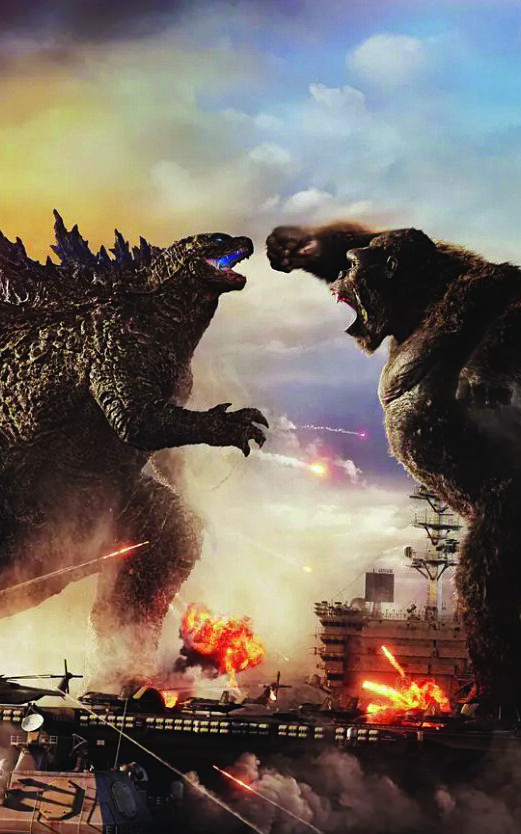ARE THERE MONSTERS THAT GO “HISS” IN THE NIGHT?
Do Lizard men actually exist? The short answer, of course, is that they do not – or at least, none have been captured.
There is, however, a medical condition that may have led people in the olden days to think that there are Reptilian humans!
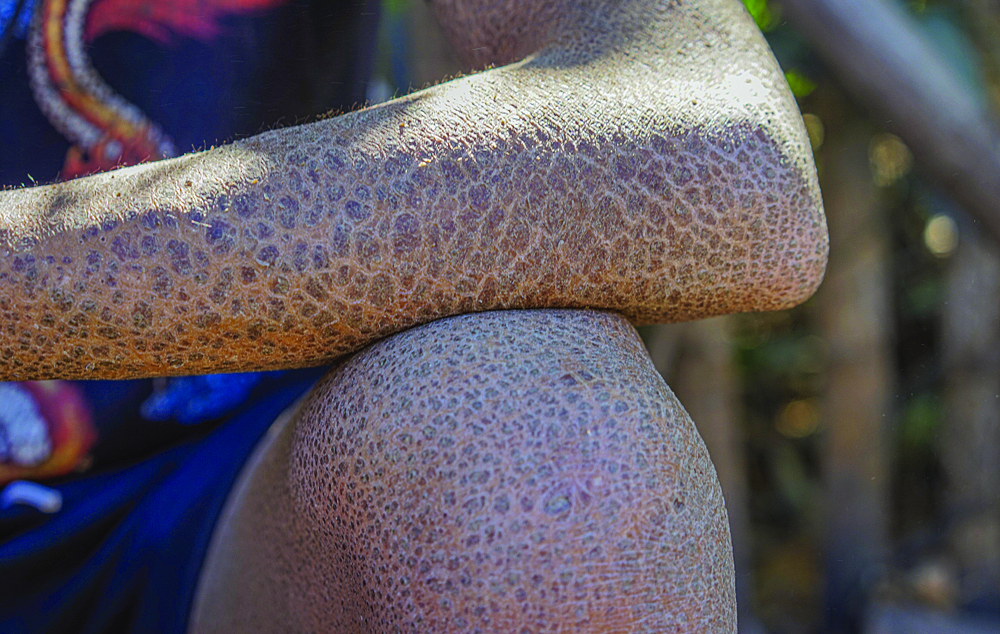
FROM SCALES TO SCARES
Ichthyosis/ hyperkeratosis is a medical condition that describes how the outer layer of the skin may become thickened, with some skin patches resembling scales. It would be no surprise if this skin condition would tempt people to think that those who have it may be descendants of actual Reptilian humanoids – hence, the existence of “purebred” Reptilians.
As always, there are treatments to address this condition. Only in extreme cases does the skin look, er, Fish-like or Reptilian.
POP CULTURE: LIZARD MEN!

If you’ve been watching TV shows that talk about conspiracy theories, or those talking about “hidden species” in our world, then chances are, you’ve heard about how Lizard men could be among us. But what exactly are they?
Lizard men are basically human-like beings who possess Reptilian features, such as (probably) scales, Reptilian eyes, and maybe even a forked tongue. Some sources point out that Reptilian humans may have originated in mythology, but most visual images of them now come from science fiction and fantasy sources.
These include stories from the likes of H.P. Lovecraft, Edgar Rice Burroughs (Tarzan), and Robert E. Howard (King Kull). Modern sources include the television series “V,” and Reptilian races and characters have been present in sci-fi franchises like “Star Trek” and “Doctor Who.”
OUR CLOSEST RELATIVES, REALLY
While humans and Lizards are pretty far away if you want to think of them as cousins, our closest ones are easy to figure out: They’re other primates in our particular branch of the great ape family Hominidae.
Supposedly, Chimpanzees and Bonobo monkeys are our closest relatives.

WELL, WE ARE A MONKEY’S UNCLE
According to an article in the American Museum of Natural History, human and Chimp DNA sequences are a very close match – up to about 98.8 percent of our DNA is shared with Chimpanzees. It’s a testament to how powerful DNA is that the remaining 1.2 percent and certain genetic “switches” in our genes can so radically change our appearance and capabilities as a species.
For example, a specific gene allows Chimps and humans to see red, which some other animals, like Mice, have a hard time seeing. On the other hand, while the Chimpanzee immune system is similar enough that they can be infected by hepatitis and the HIV virus, it’s also different enough that malaria doesn’t affect them as much, if at all.
So, there it is: We may not be cousins with Lizards, but we’re certainly smart Monkeys!
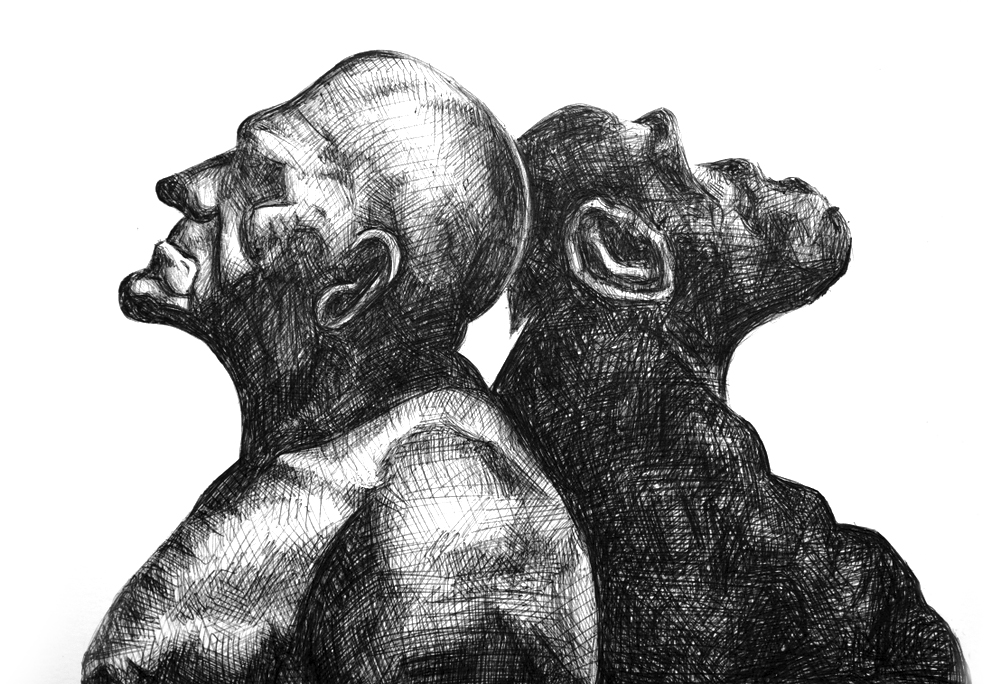
FAMOUS REPTILIAN MEN AND IMAGINARY MONKEY-LIKE BEINGS
Even if humanoid Reptilians don’t exist, and the same can be said for mysterious human-like beings, popular culture can’t help but make great stories out of them. After all, who can resist a good yarn?
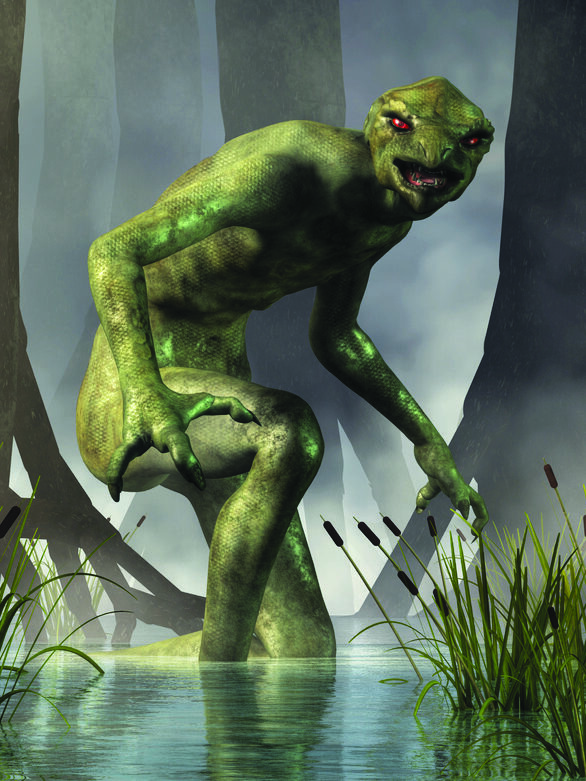
UNCOVERING MYSTERIES: CRYPTOZOOLOGY
People can be so fascinated by what could be out there that there is already a field of study for it, known as cryptozoology. Supposedly, cryptozoologists hunt for unknown or legendary creatures, with the assumption that they exist or have existed in the past. However, because the field itself seems to not follow the scientific method, it is not seen as an actual branch of science.
Barring actual proof, people have turned to fictional stories in popular cultures for Reptilian men and super simians.
STAR TREK’S GORN (AND OTHERS LIKE THEM)
The most common non-supernatural Reptilian humanoids are usually seen as aliens; that’s no surprise, given the possibility of life evolving using a Reptilian path.
Star Trek, one of the most successful pop-culture sci-fi franchises, has many examples of alien Reptilian humanoids, with the Gorn being a popular example. The Gorn are usually presented as humanoid beings with scaly, leathery skin, and Reptilian heads that have dinosaur-like or lizard-like features.
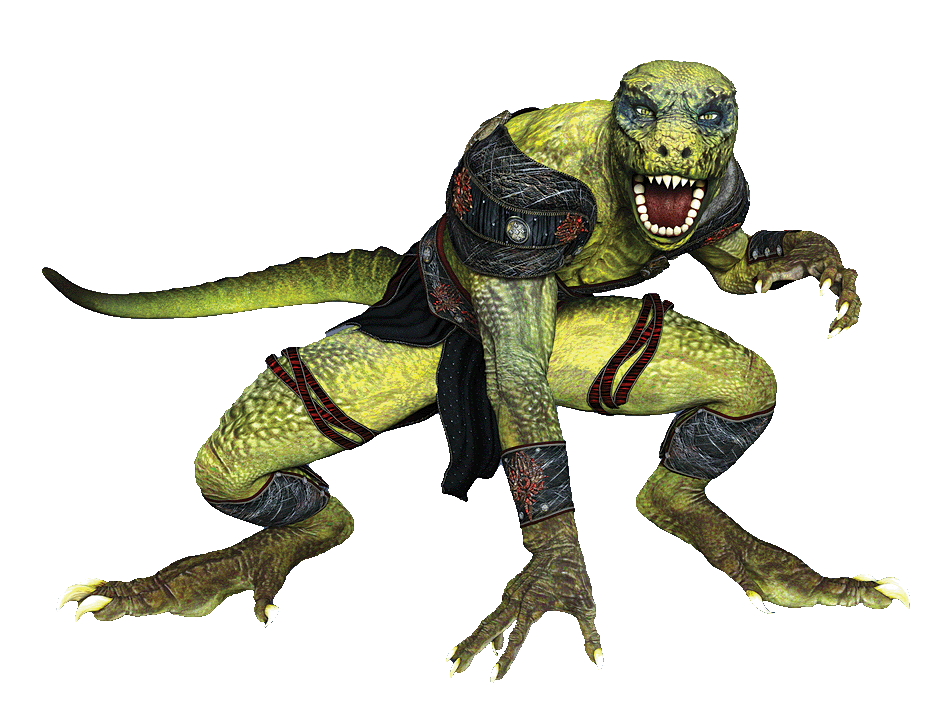
SUPERNATURALLY LIZARD-LIKE
On the other hand, you can see Lizard races that are not connected to science fiction. It’s a sure bet that one will find them in horror literature, such as H.P. Lovecraft’s short story, “The Nameless City.”
In it, the main narrator goes off to look for a lost city, and in the end finds a civilization that seems to be peopled by beings that have Reptilian features.
The popular role-playing game, Dungeons and Dragons, also has races that are decidedly Reptilian in nature, such as Kobolds, Saurial, and, of course, Lizard-folk.
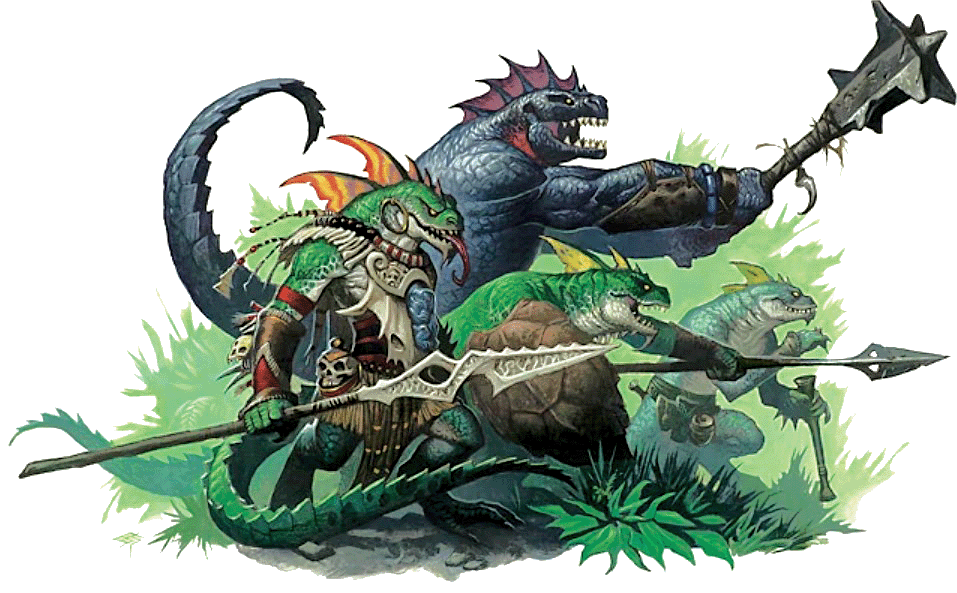
A PLANET FULL OF APES
The science-fiction franchise “The Planet of the Apes” takes the idea of almost-human ape-like beings to another level.
Based on Pierre Boulle’s 1963 novel, “Planet of the Apes”/”Monkey Planet,” the franchise supposes that in the far future, humanity – Homo sapiens – has fallen, and for one reason or another, a new humanoid species based on Chimpanzees and other close evolutionary cousins have taken over.
Racism, the Cold War, and animal rights are just a few themes that the franchise touches on.

KONG: ALL HAIL THE KING!
Last but certainly not least is the classic Ape movie: King Kong.
The gigantic Gorilla-like being known as Kong has been around since 1933, his first appearance on the silver screen, along with a delightful damsel in distress, Fay Wray. Since then, eight more movies have been made, all starring the literally larger- than-life Gorilla.

…AND!
It seems that Reptilian and Monkey fights have been rekindled, as the latest King Kong movie in 2021 is actually… Godzilla versus Kong.
It looks like being distant cousins over the past hundreds of millions of years really doesn’t mean a thing when it’s time to find out who’s the King.
